CARIBELLS¶
5 Ws who, what, when, where, why¶
CARIBELLS PROJEC T¶

who¶
This project is to be enjoyed by general art and design consumers. It also looks to integrate local companies that have collection systems of natural resources regarded as waste.
when & where¶

why¶
While searching for an intention for this project I looked within myself for causes that are dear to me and actually cause great concern. Being and islander and surfer helped me connect with my passion quickly. I knew that the drive to pursue this project could only come from withing. Reducing my contaminating impact in nature is my intention. Trained as a Fashion Designer and being part of the industry made me realize that this industry is the second largest polluter in the world just after the oil industry.
The environmental damage is increasing as the industry grows. The drop in garment prices over the last 20 years has allowed us to buy more and more clothes. We now have 5 times more clothes than our grandparents had. In reality, this continuous accumulation of cheap garments is only possible because of a constant reduction of production costs. This, in turn, has serious consequences on our health, our planet, and on garment workers’ lives. Realizing that this industry was built on the back of unffair paid workers, polluting production chains and unhealthy human projections helped me decide where I wanted to stand in the future of this industry that had fueled many passions of mine before.
In regards to the art world, artworks may release chemical substances into the indoor air (e.g. from solvents or thinners, etc.) that can intoxicate people living in proximity, as well as the artists who handled them in their studios. Here the effect comes from ecotoxicity, which puts human health at risk. As well as the use of plastics containers that end up in landfills. I would like to be a sustainable artist and designer, where my practices don ́t further contaminate our bodies of water or air to show other artist and designers that there are other ways of pursuing their passions.
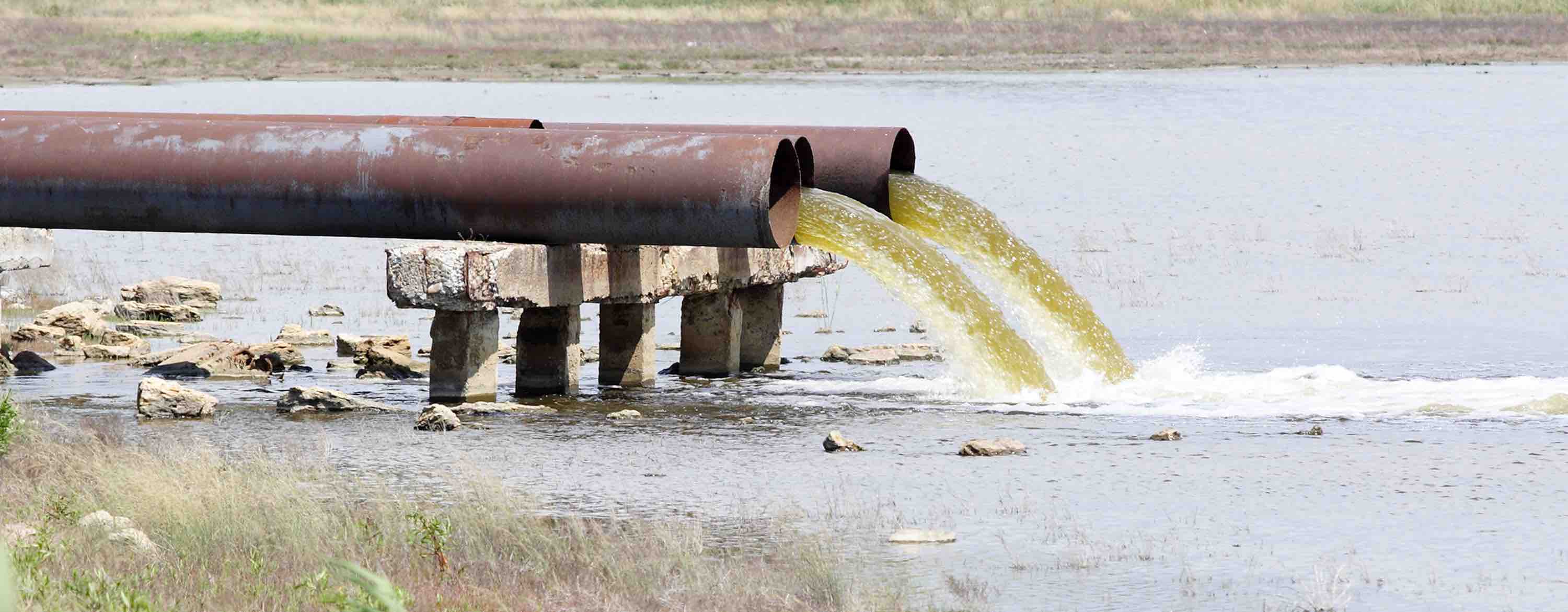

References projects, research papers, expos, performances etc¶
During the course of research and development of Caribells Project, I have found inspiration in the following projects for their nature and succesful advances.

- "Sustainability in fashion is not just about organic, natural or recycled textiles," McCurdy told Dezeen. "If we're going to get to zero on our emissions, we need to be thinking about how to replace the 60 per cent of textiles that are currently made of fossil fuels." The collaboration is part of the One X One project, an incubator organised by the Slow Factory Foundation that pairs high-profile fashion designers with sustainability innovators."
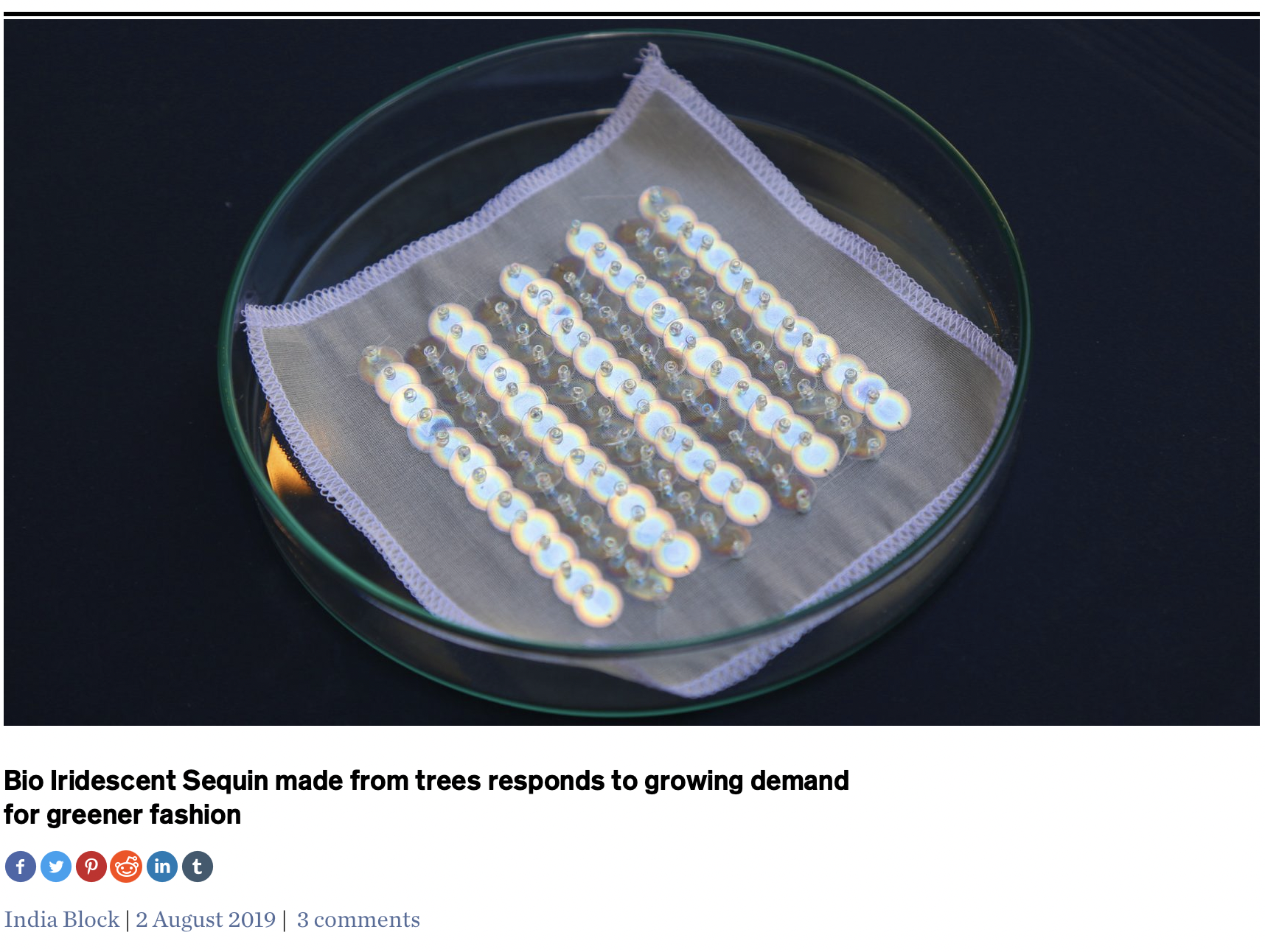
- "Designer Elissa Brunato has created the Bio Iridescent Sequin, a shimmering bead made from natural cellulose that is more sustainable than regular plastic sequins. Instead of using petroleum-based plastic, Brunato has developed a way of making glittering disc-shaped beads from bioplastic based on cellulose extracted from trees.The cellulose's crystalline form refracts light and makes the sequins naturally shimmery, without the need for chemical treatment."
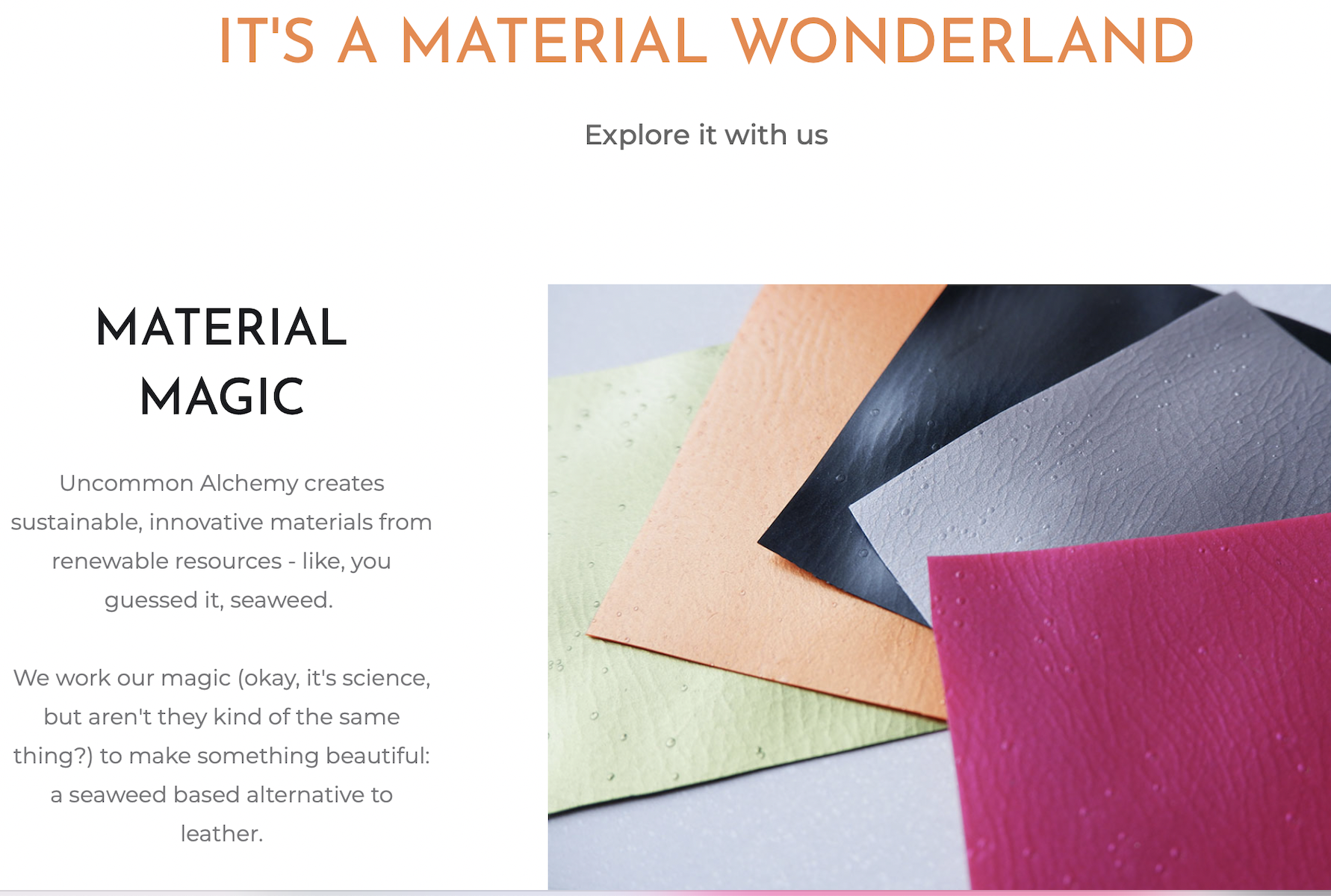
- "It's never been clearer that fashion needs to change its ways if we're going to have a sustainable future on planet earth. Animal leather has a big environmental cost, not to mention it's, well, made from animals. Meanwhile, most 'vegan leathers' are indeed, vegan, but they're also made from petrochemical plastics. They come from dwindling fossil fuel resources and won't biodegrade.
So what's the solution? Seaweed! This amazing material is renewable, regenerative and can be used to make a vegan leather alternative for use in fashion and accessories."
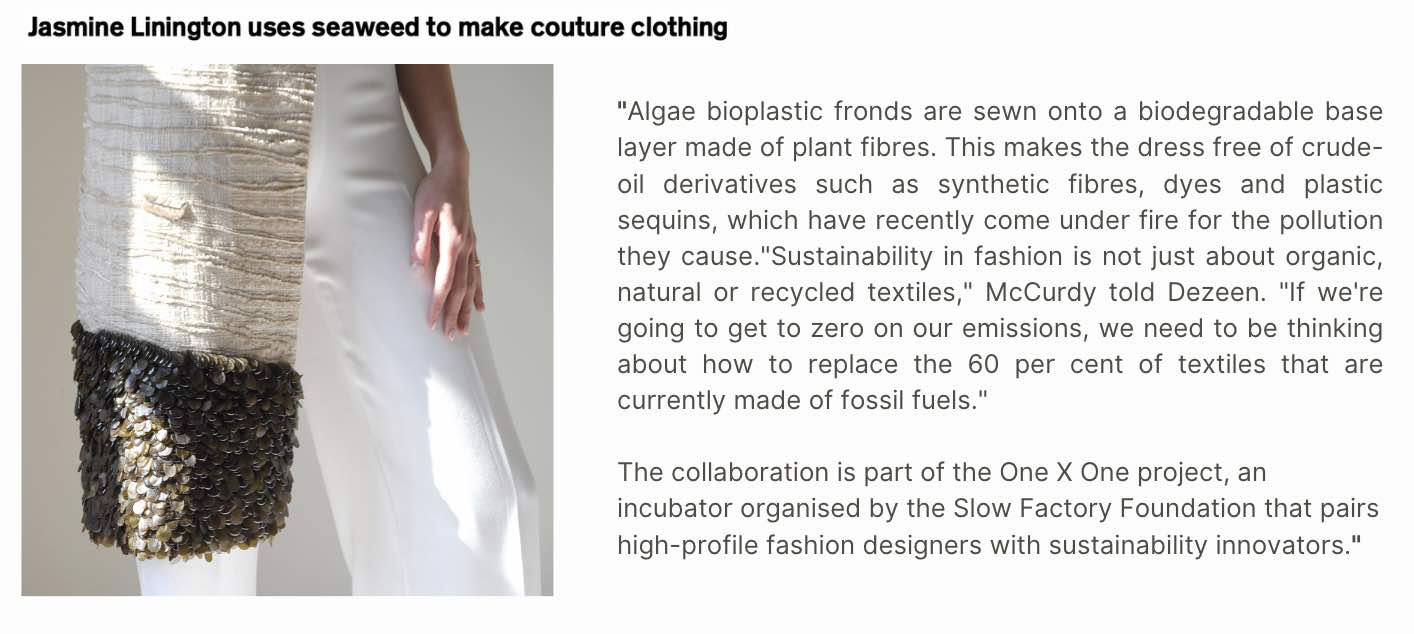
-
"In a bid to address the environmental impact of the fashion and textile industry, the Edinburgh College of Art MFA student looked to the Scottish shores for more sustainable materials. Every element of Linington's Seaweed Girl clothing line is made using seaweed and wood – from the fibres and the dye they're coloured with to the bead-like embellishments."
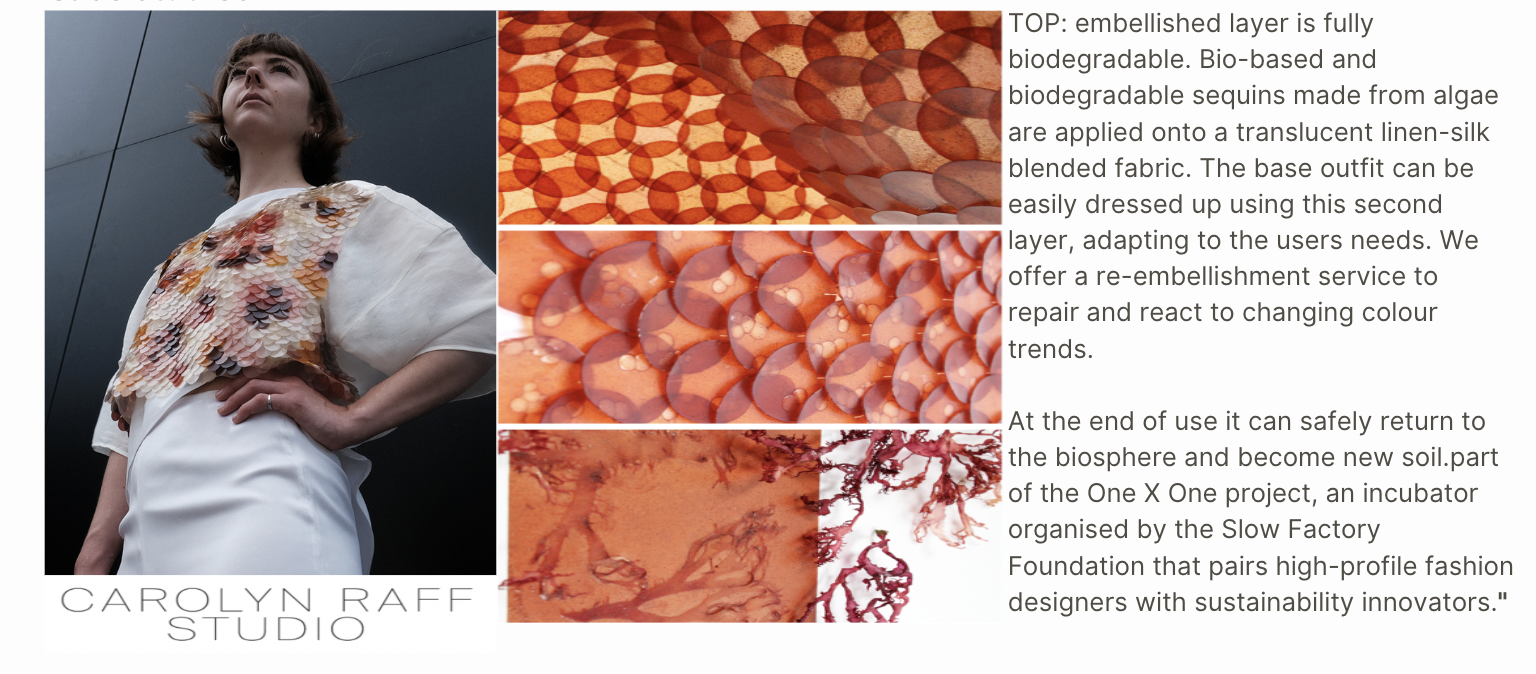
-
"The conceptual fashion project applies circular design strategies within an adaptable outfit. It translates the necessity for circular and healthy design by highlighting a material coming from the sea: Algae-based sequins telling the story of the oceans"
-
Download reference
Links to reference files, PDF, booklets,
Tip
Remember to credit/reference all your images to their authors. Open source helps us create change faster toegther, but we all deserve recognition for what we make, design, think, develop.
Moodboard¶
Collect images to give insight in your vision: colors, shapes, sounds, images, words..

Tip
remember to resize and optimize all your images. You will run out of space and the more data, the more servers, the more cooling systems and energy wasted :) make a choice at every image :)